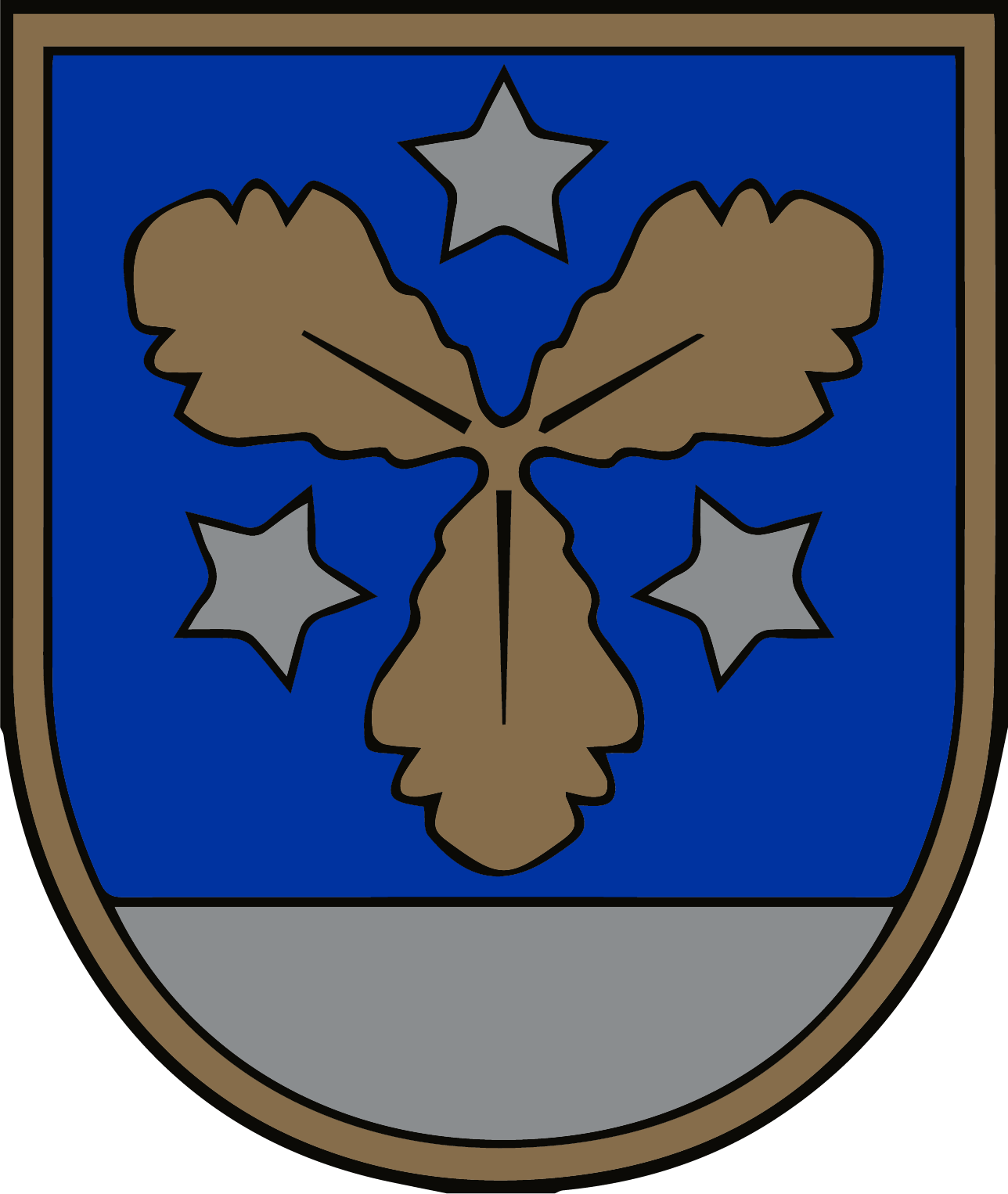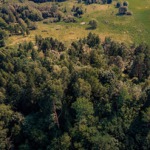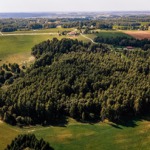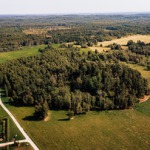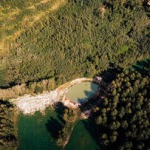
Blue Mountain (also Blue Mountain of Pikster)
Sunākstes pagasts, Aizkraukles novads, Latvija, LV-5130In the middle of a field in Zilkalne, there is a isolated, tree-covered hill. It is one of the many Blue Hills in Latvia - the fabled Blue Castle Hill of Sunākste. From the top, you can enjoy a picturesque view of the Sunākste hills and the picturesque Pikstene Lake, which is a favourite place for Sunākstes to relax.
The Blue Hill is 20 metres high, isolated, tree-covered, but on its southern side there is a plateau with a small kump, while on the eastern and north-eastern sides there are trenches from World War I. The mound has a cultural layer about a metre thick, containing fragments of rimless, plain, plastered and streaked pottery, and a stone axe was found at the foot of the mound. No extensive archaeological research has been carried out on the mound.
The first vague information about the hillfort at Pikster was given by August Büllenstein in 1882. Archaeological findings suggest that the Blue Hill at Pikster dates back to the 1st millennium BC. A.D. and A.D. The 1st millennium and this period of occupation can be traced back to the culture of the Seljuks and their ancestors. The Cirsi and Mazlati ancient graves are located in its surroundings.
The mountain is called Blue Mountain because it looks blue in the morning. According to the legend, the mound was covered with hats and the mound-builders were slaves.
Address - Sunākste municipality, Aizkraukle region
0,5 km NW of the former Piksteres manor, in the settlement Zilkalne between the houses of Rožkalns and Lukstiņi
- Aizkraukle municipality and Koknese tourism information centre
1905. gada iela 7, Koknese
(+371) 29275412, (+371) 65161296 - Aizkraukle tourism information point
Lāčplēša iela 4, Aizkraukle
(+371) 25727419 - Jaunjelgava tourism information point
Jelgavas iela 33, Jaunjelgava
(+371) 27366222 - Plavinas tourism information point
Daugavas iela 49, Pļaviņas
(+371) 22000981 - Skrīveri Tourism Information Point
Daugavas iela 85, Skrīveri, Skrīveru pagasts
(+371) 25661983 - Nereta tourism information stand
Ziedu iela 11, Nereta, Neretas pagasts
(+371) 26674300 - Mazzalve tourism information
Skolas iela 1, Ērberģe, Mazzalves pagasts
(+371) 26156535 - Irsi manor barn - magazina
Irši, Iršu pagasts
(+371) 26344757
